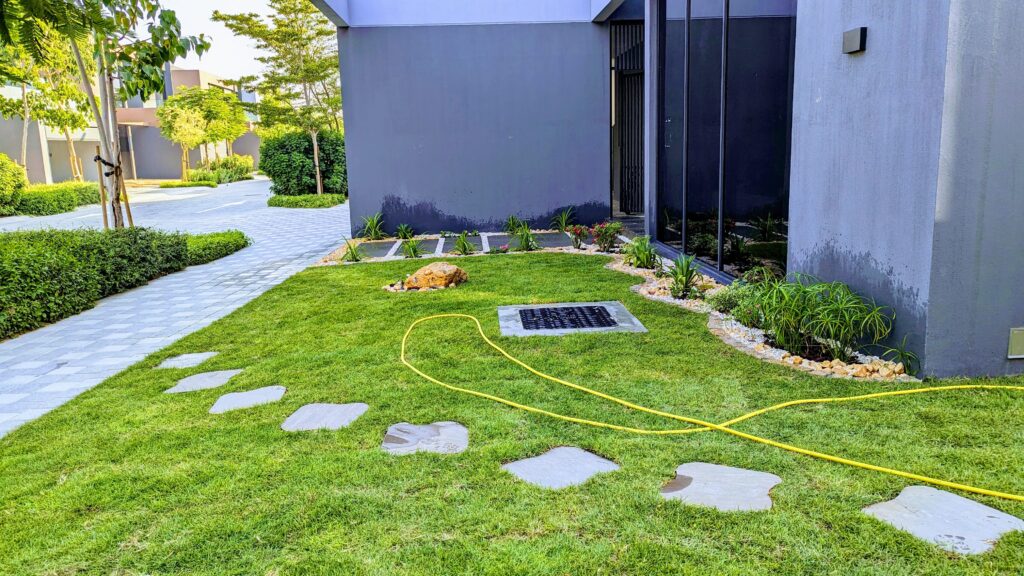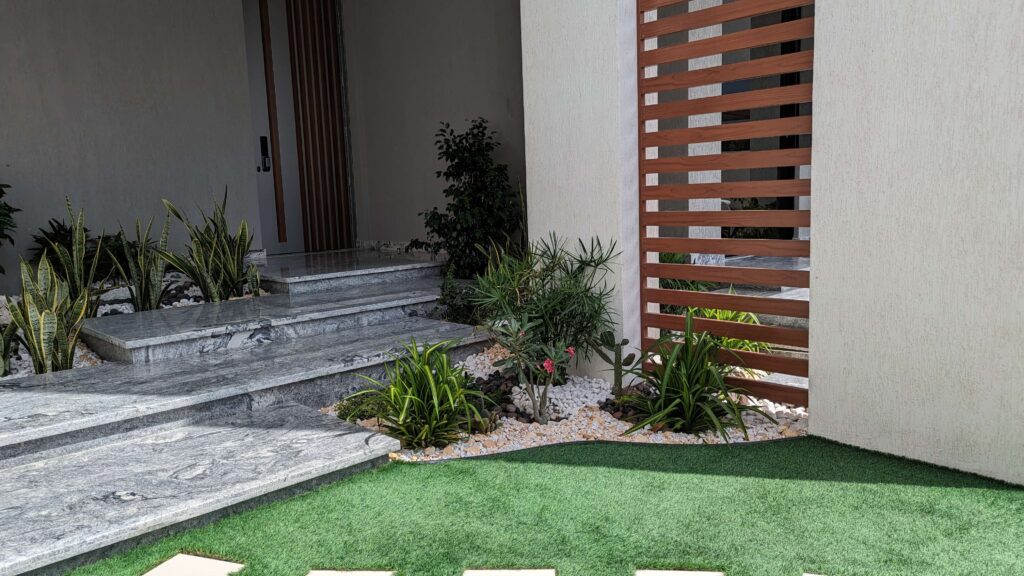Lawn And Garden Care
When establishing a new lawn, you have two main options: seeding and sodding. Seeding is a cost-effective method where grass seeds are spread over prepared soil, though it requires patience for the grass to grow. Sodding, on the other hand, provides an instant lawn with pre-grown grass, offering immediate results but at a higher cost. Both options have unique advantages, allowing you to create a beautiful, thriving outdoor space.
Seeding:
Seeding involves scattering grass seeds over prepared soil. It’s cost-effective but requires patience, as it takes several weeks for the grass to establish. Seeding is an economical way to cover larger areas and offers a greater selection of grass species. However, it requires proper soil preparation and plant care.
Sodding:
Sod, or grass turf, is pre-grown grass that’s laid down like a carpet. It provides instant results, offering immediate lawn coverage and erosion control. Sodding offers higher initial quality but comes with a higher upfront cost, limited species selection, and requires careful handling and installation.
Mowing Practices:
Mowing your lawn is crucial for keeping your outdoor space looking its best! Make sure to mow when the grass is dry, as mowing wet grass can damage your mower and leave your lawn vulnerable to disease. Mow your lawn to a height of 2 to 3 inches, and avoid cutting more than one-third of the grass blade at a time. Using sharp mower blades produces clean cuts, preventing disease and promoting growth.
Watering Schedule:
Watering is essential for lawn and garden care, but overwatering can lead to problems. The ideal time to water is in the early morning, before the sun gets too hot.
- Hot and dry climates: Water more frequently but avoid overwatering to promote deep root growth.
- Cool and rainy climates: Water less frequently, as rainfall often provides sufficient moisture.
- Transition zones: Adjust your watering schedule based on seasonal temperature changes.
Also, consider factors such as soil type, sunlight exposure, and grass species when determining your watering schedule. It’s a good idea to check soil moisture before watering and water deeply but infrequently to encourage deep root development.
Fertilization:
Fertilizing is key to maintaining a healthy and vibrant lawn. The type and amount of fertilizer you need will depend on your soil type and grass species. Timing is crucial—apply balanced fertilizers in early spring (late March to early May) to promote growth. Keep in mind that over-fertilization can harm both the environment and your lawn, so follow package instructions carefully and consider soil testing to determine your lawn’s specific needs.
Common Lawn Problems and Solutions:
Despite your best efforts, lawn problems can occur. Common issues include weeds, pests, and diseases. Identifying the problem correctly is the first step in finding a solution.
- Weeds: Unwanted plants like dandelions, clover, and plantain can choke out desirable plants. Solutions include mowing, mulching, weeding, or applying herbicides.
- Pests: Pests like white grubs, chinch bugs, and sod webworms can damage lawns. Solutions include insecticides, biological control, proper mowing, and cultural practices.
- Diseases: Lawn diseases such as powdery mildew, rust, and dollar spot can be managed with fungicides, resistant cultivars, proper watering, and mulching.
Our experts are ready to guide you. Get in touch today! Let us help with your lawn and garden care and growth. Reach out for top-notch gardening services tailored to your needs.


Garden Care: Planning and Planting
Planning and planting a vegetable garden can be a rewarding experience, and with the right guidance, you can enjoy a bountiful harvest. Ensure your vegetables are planted at the correct depth and spacing, and water them consistently. With proper care, you’ll soon be enjoying fresh, delicious produce. Our gardening experts are here to provide personalized advice on planning and planting your vegetable garden. Contact us today to start growing!
Flower Bed Maintenance Tips:
A beautiful flower bed requires regular care. Trimming and deadheading flowers promote growth and prevent seed dispersal. Regularly inspect your plants for signs of pests or diseases, and act promptly to prevent infestations from spreading. Our gardening experts offer free consultations—visit our website today.
Caring for Specific Plants:
Different types of plants in your garden have unique care and maintenance needs. For example, trees and shrubs need regular watering, especially in the first few years after planting. Perennials often require cutting back in the fall to prepare for winter. Understanding your plants’ specific needs will help you provide the best care and enjoy their beauty for years to come.
Container Gardening:
Container gardening is a versatile way to grow plants, especially if you have limited space, such as a balcony or small patio. Consider using moisture meters or self-watering pots for added convenience. Fertilize regularly, provide appropriate sunlight, and repot plants as needed to keep your container garden thriving.

